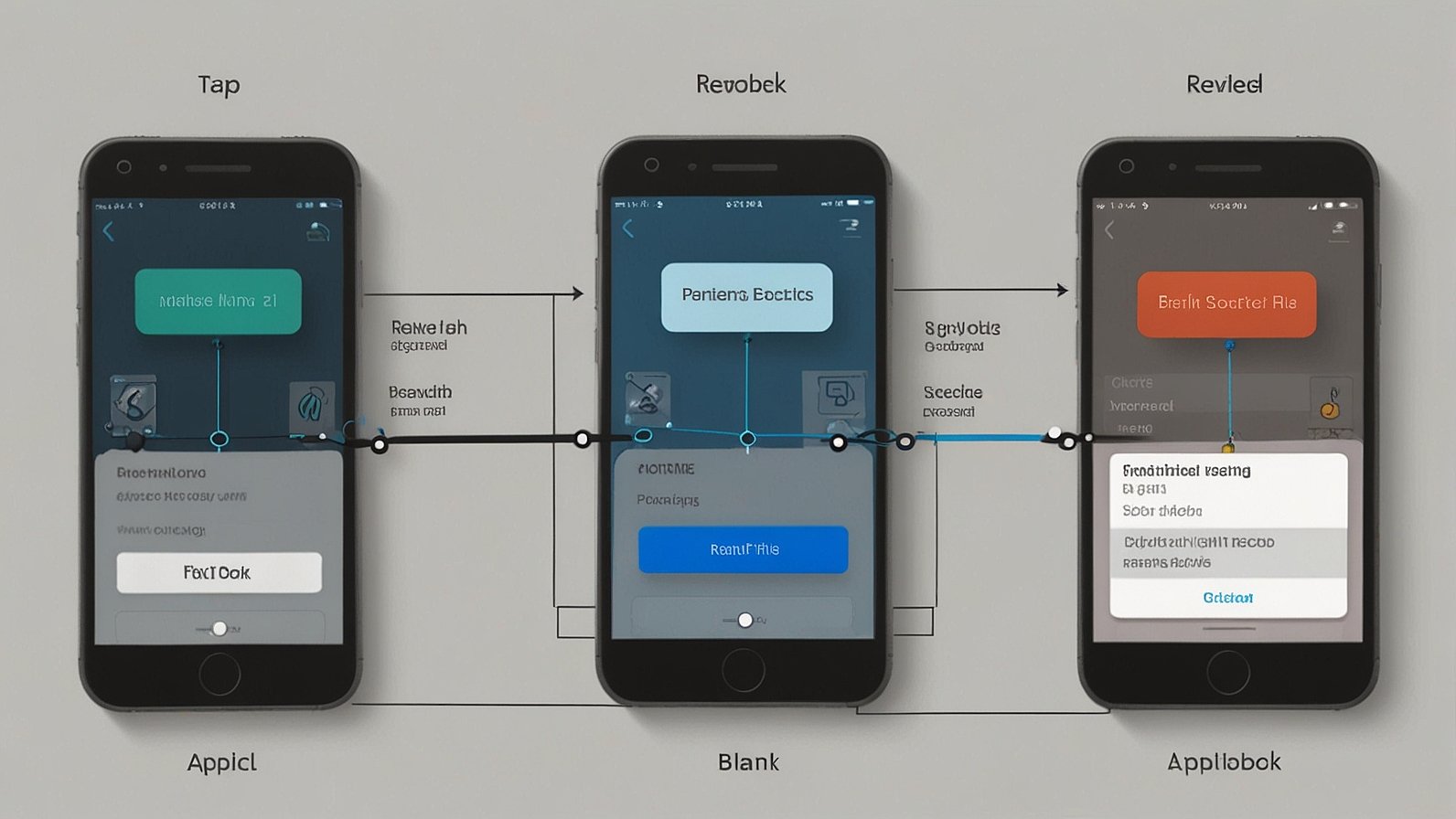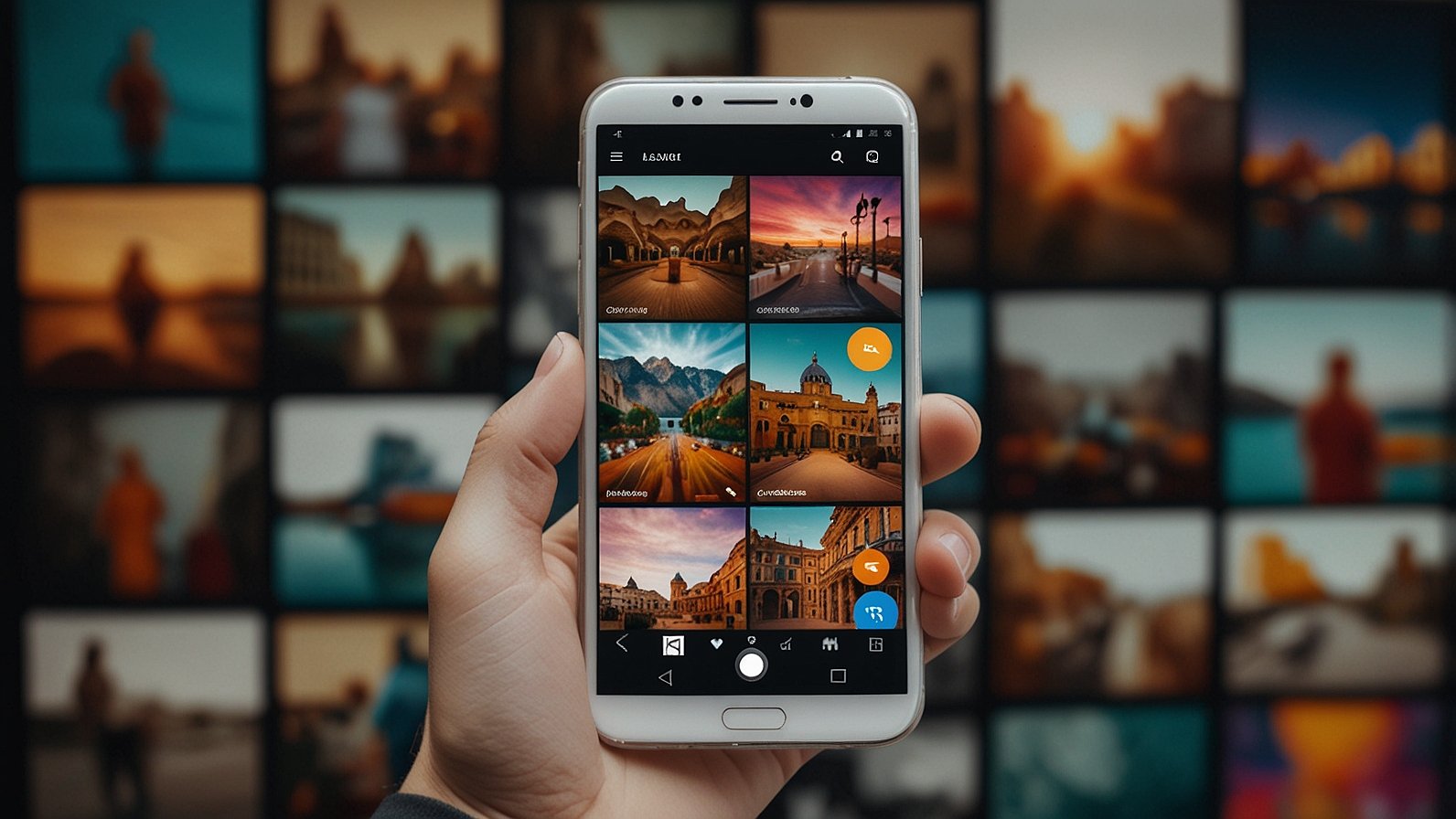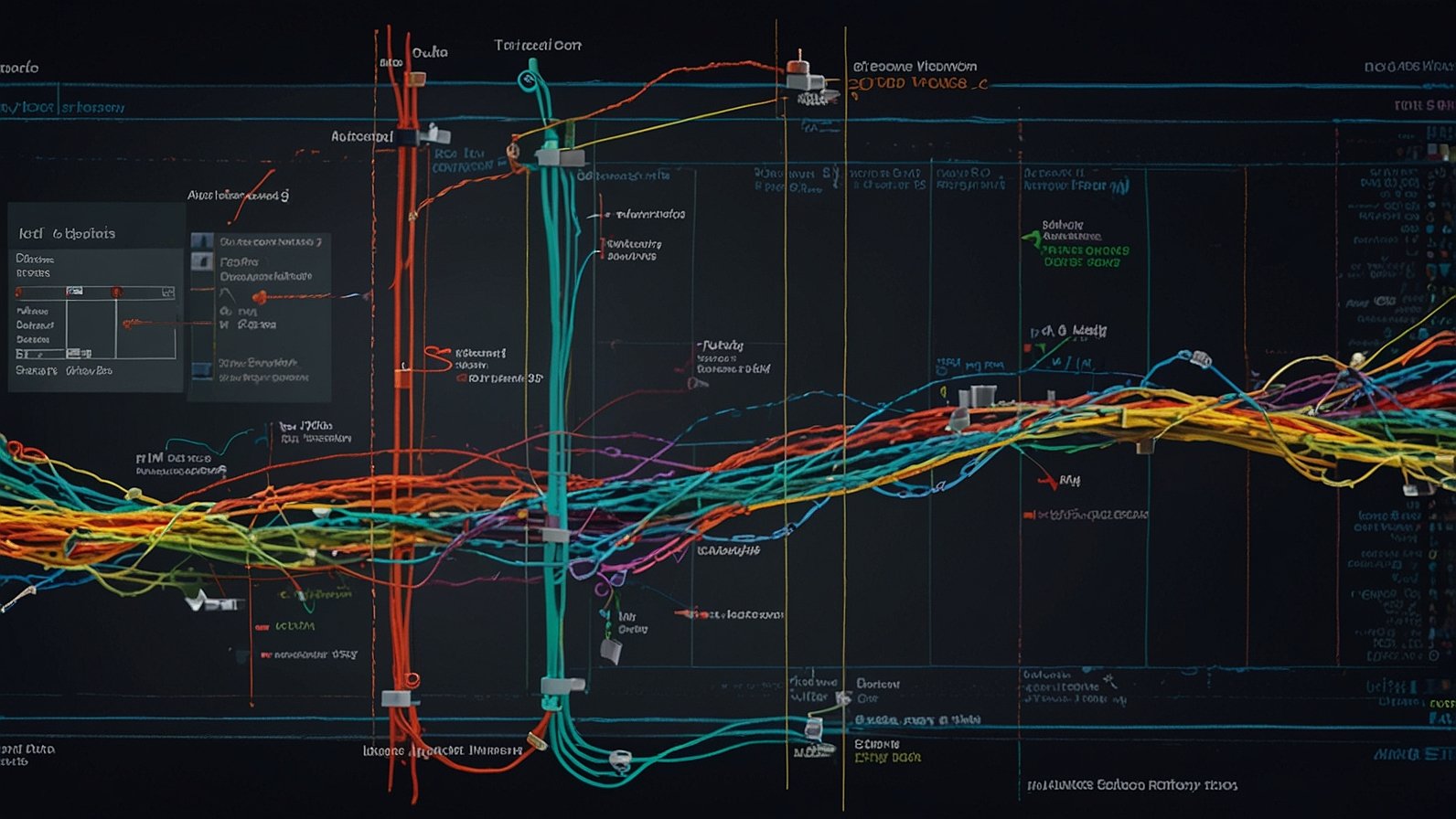Ever Glanced at Your Phone and Seen a Mysterious Blank Page? You’re trying to open a social media app, but instead of your feed, you’re greeted by a stark, empty white screen. A quick look at the address bar shows a cryptic string: something like content://cz.mobilesoft.appblock.fileprovider/cache/blank.html.
Your first instinct might be alarm. “What is this? Is my phone infected?” It’s a natural reaction. But take a deep breath. What you’re seeing isn’t a virus; it’s actually a sign that your digital bodyguard is on duty and doing its job perfectly.
This peculiar line of text is the inner workings of an app blocker like AppBlock showing itself. It’s a safe, expected implementation detail of its content-blocking mechanism. Let’s pull back the curtain and see what’s really going on.
The “Why”: How AppBlock Keeps You Focused
Think of AppBlock as a highly trained bouncer for your phone. When it’s time to focus, its job is to stand at the door of your blocked apps and turn away any unwanted visitors.
But an app can’t just be “deleted” for a short period. Instead, the bouncer needs a clever way to intercept your launch attempt and redirect you. This is where that content cz mobilesoft appblock fileprovider cache blank html page comes in.
- The Intercept: When you tap a blocked app, AppBlock jumps into action.
- The Redirect: It needs to show you something instead of the app. Using Android’s built-in
FileProvidersystem (a secure way for apps to share files), it serves up a harmless, empty HTML file—a blank page. - The Result: You see that blank screen instead of your distracting app. Mission accomplished! Your focus remains intact.
It’s a digital sleight of hand, all in the name of productivity. The technical path you see is simply the address of that blank HTML file stored in the app’s secure cache.
| What You See | What It Actually Means |
|---|---|
content://cz.mobilesoft.appblock.fileprovider/... | A secure Android content path used by the AppBlock app. |
cache/blank.html | A harmless, empty HTML file stored in the app’s temporary storage. |
| Blank White Screen | Visual proof that the app block was successful. |
What To Do If The Blank Page Becomes a Problem
Usually, this page flashes for a second before you move on with your focused work. But sometimes, the page might get “stuck,” or you might see it when you don’t expect to. This isn’t a security flaw; it’s usually just a minor glitch in the app’s state.
If the blank page is persistent or problematic, here are your simple fixes:
- Clear AppBlock’s Cache (The Quick Fix): This is the most common solution. Clearing the cache is like giving the app a fresh start without deleting your important blocking schedules.
- Go to your phone’s Settings > Apps > AppBlock (or mobilesoft AppBlock).
- Select Storage.
- Tap Clear Cache. Then, force stop the app and reopen it.
- Review FileProvider & Permissions: Rarely, a system update can disrupt app permissions.
- Go to Settings > Apps > AppBlock > Permissions.
- Ensure it has the permissions it needs (like “Storage” or “Files and Media”). If unsure, you can toggle them off and on again.
- Reboot Your Device: The classic IT fix for a reason. A simple reboot can clear out temporary system glitches that might be causing the hiccup.
Busting the Myth: This is Not Malware
Let’s be unequivocally clear: the presence of this content cz mobilesoft appblock fileprovider cache blank html page is not an indicator of malware. In fact, it’s the opposite. It demonstrates that a legitimate app you installed is using standard Android security protocols to function.
Malware operates secretly, trying to hide its tracks. It wouldn’t proudly display its internal file paths in your address bar. This is the sign of a transparent, well-designed app doing exactly what you paid it to do.
Your 3-Step Action Plan for Tomorrow
- Acknowledge, Don’t Panic: Next time you see the blank page, recognize it as a badge of honor—your focus guard is active.
- Try the Quick Fix: If it’s stuck, head to Settings and clear AppBlock’s cache. It takes 10 seconds.
- Check for Updates: Ensure you have the latest version of AppBlock from the Google Play Store, as updates often include smoothness improvements.
Have you encountered this screen before? What’s your favorite trick for staying digitally focused?
You May Also Read: Decoding SSIS 469: Your Guide to Advanced ETL Troubleshooting
FAQs
Is the content cz mobilesoft appblock fileprovider a virus?
Absolutely not. It is a core, legitimate part of the AppBlock app, using Android’s standard and secure FileProvider system to function.
Should I delete AppBlock if I see this?
No. Seeing this page means the app is working correctly. If the blank page is persistent, try clearing the app’s cache before considering removal.
Can I make the blank page show a message instead?
This depends on the app’s features. Some app blockers offer customization, like displaying a motivational quote. Check AppBlock’s settings to see if this is an option.
Will clearing AppBlock’s cache delete my block lists?
No. Clearing the cache removes temporary files. Your schedules and block lists are stored in storage. You would need to “Clear Storage” or “Clear Data” to reset the app completely.
Does this mean AppBlock is accessing my private files?
No. The FileProvider is specifically and only allowing it to access its own isolated cache files (like that blank.html page), not your personal photos, documents, or other private data.










